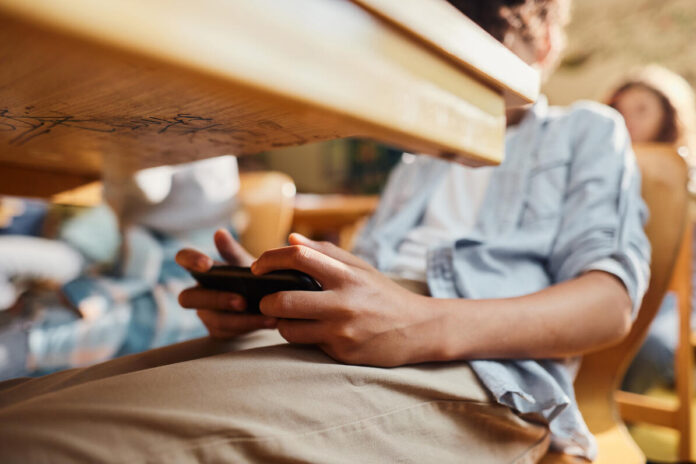
Across the U.S., schools are increasingly restricting cell phone use to foster better learning environments and combat mental health issues. States like Florida, Indiana, Ohio, South Carolina, and Louisiana have passed laws banning or limiting cell phones in K-12 schools, while districts in Maryland have initiated programs requiring students to store their phones during class.
Research suggests that smartphones contribute to distractions in classrooms, reduced attention spans, and hindered social development. Experts like Dr. Carol Vidal and Dr. Annette Anderson from Johns Hopkins University emphasize that while social media and smartphone use correlate with depression and anxiety, it’s not a clear cause. However, excessive use does disrupt sleep, physical activity, and overall well-being, particularly among adolescents.
For educators, phones are a major disruption. Teachers report difficulties in maintaining focus in classrooms as students are often glued to their devices. Administrators observe that phones contribute to increased anxiety and social isolation among students. Cell phones have also been linked to problematic behaviors like sharing inappropriate content and posting videos of school fights.
Restricting phone use in schools can help students engage more with peers, focus on their studies, and develop essential social skills. Though parents may worry about losing immediate contact with their children, experts recommend finding ways to balance safety with minimizing smartphone distractions. Options like device restrictions that allow calls but block apps during school hours could help.
Ultimately, setting healthy boundaries for smartphone use—both in schools and at home—can encourage better mental and physical health, helping students navigate the digital age responsibly.










